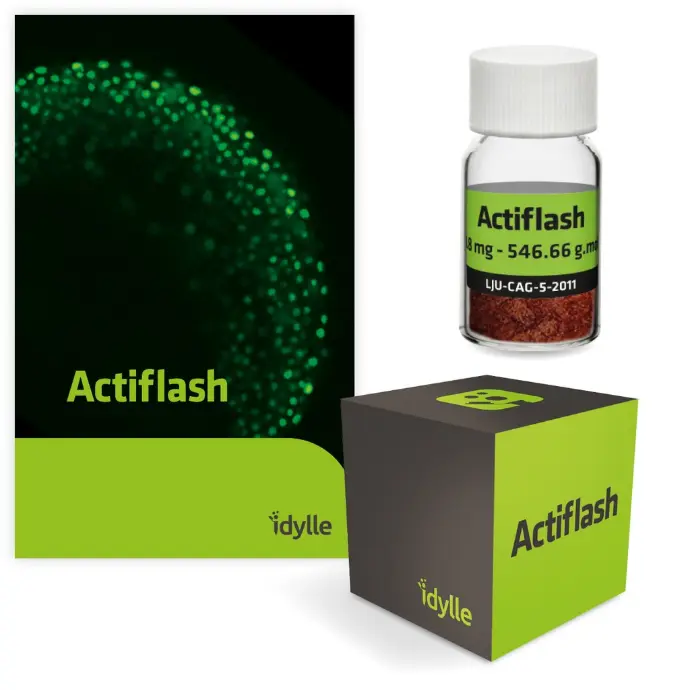
Thomas Le Saux
Sorbonne University, Paris
Who is Thomas Le Saux ?
Initially trained as a pharmacist at Université de Caen, Dr. Le Saux did a PhD in analytical and physical chemistry in the group of Prof. P. Gareil (Universite Paris 6). After a post-doc at the University of Hyogo in the group of Prof. S. Terabe, he became an assistant professor at Universite Paris 6 now Sorbonne Université in the group of Prof. Ludovic Jullien.
Pioneers in Light-controlled biology
At the École Normale Supérieure in Paris, chemists Ludovic Jullien, Isabelle Aujard, and Thomas Le Saux share a deep interest in a powerful idea: controlling biology with light. Their work, at the crossroads of organic synthesis and cellular biology, has led to the design of chemical tools that allow researchers to manipulate protein activity at exactly the right time, and in exactly the right place.
Their collaboration gave rise to Actiflash, a photoinducible activator designed to provide precise, real-time control over protein functions in living systems. It’s a tool made for modern biology: accurate, non-invasive, and astonishingly versatile
.

Ludovic Jullien, Isabelle Aujard & Thomas Le Saux

Actiflash: Harnessing light to control protein activity
Actiflash is a small, light-sensitive molecule that stays biologically inactive until illuminated with UV or two-photon IR light. Once activated, it releases a tamoxifen-like compound (cyclofen) that binds to ERT2-fused proteins, a widely used system for conditional gene control. This activation triggers nuclear translocation of the fused protein, enabling downstream effects such as gene expression or recombination.
Used in live cell cultures and zebrafish embryos, Actiflash allows researchers to achieve extremely precise spatiotemporal gene regulation, making it a powerful tool for:
- Developmental biology
- Drug target validation
- Tissue engineering
- Synthetic biology
- Optogenetics-inspired protein control
What makes Actiflash unique ?
- High spatial & temporal resolution : trigger activation down to the single-cell level
- Non-invasive & light-controlled : activate with a UV or IR laser, no need for chemical triggers
- Fast & reversible : ideal for dynamic processes
- Compatible with standard ERT2 systems : works seamlessly with existing tamoxifen-inducible setups
- Cell-permeant & simple to use : just add to your cells or embryos, illuminate, and observe
- Validated in both cultured cells and zebrafish embryos : from HEK and MDCK cells to live vertebrate models
Ready to Illuminate Your Research?
Explore the possibilities of precise protein control with Actiflash. Harness the power of light to drive your discoveries forward.